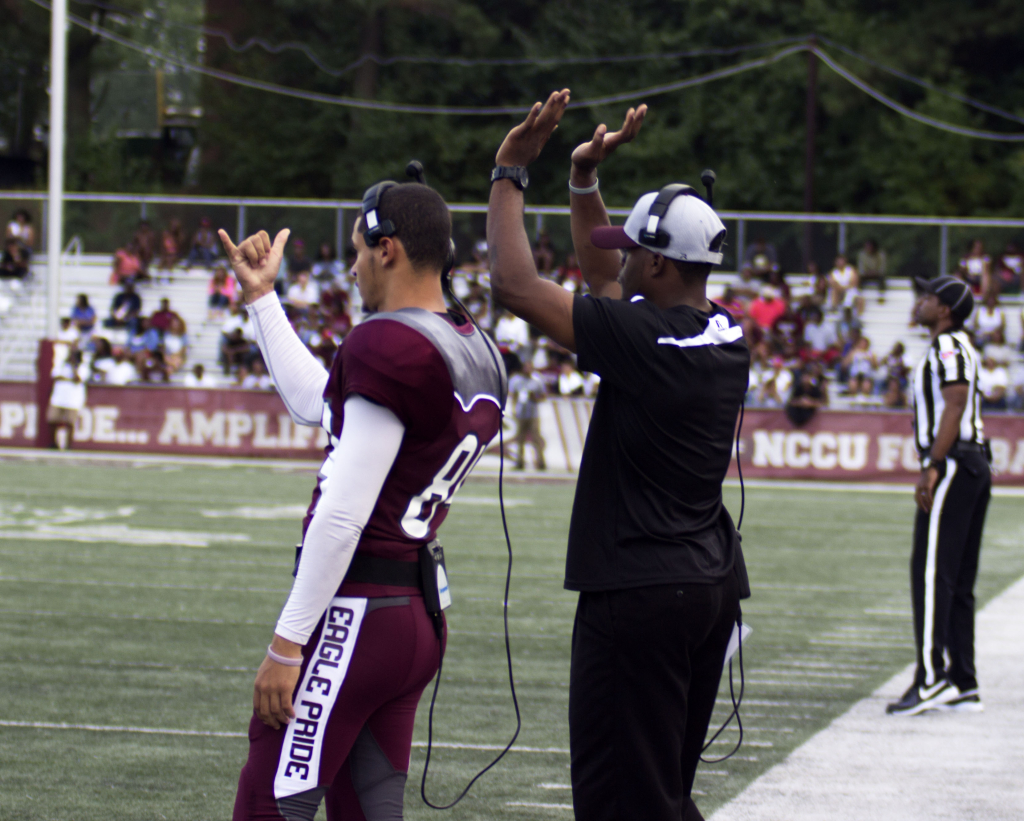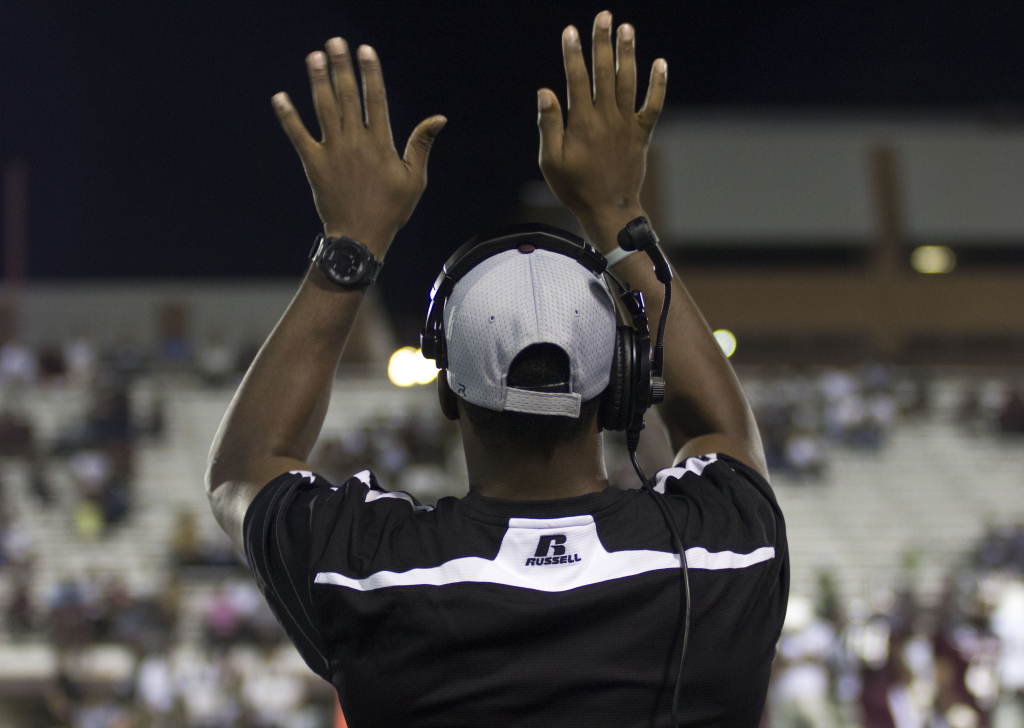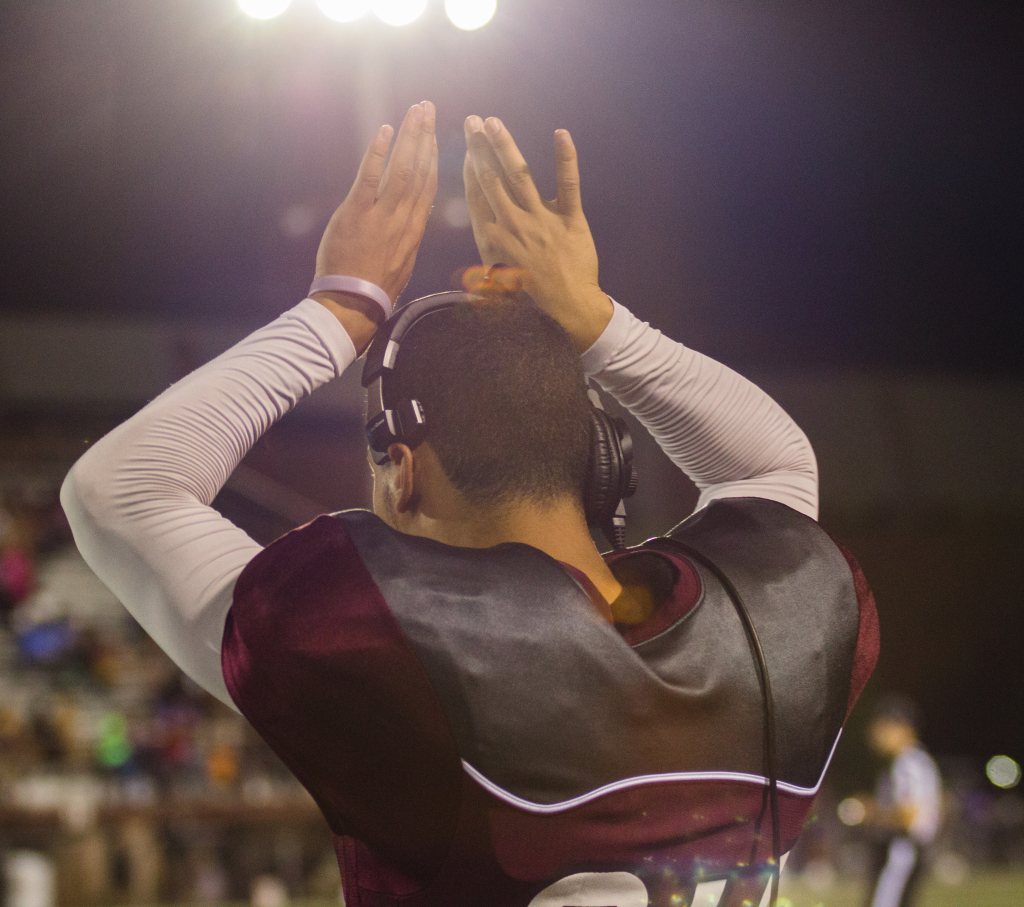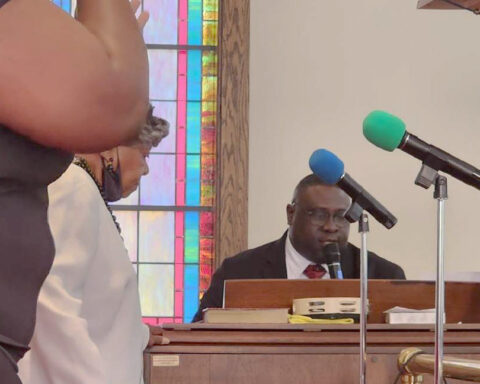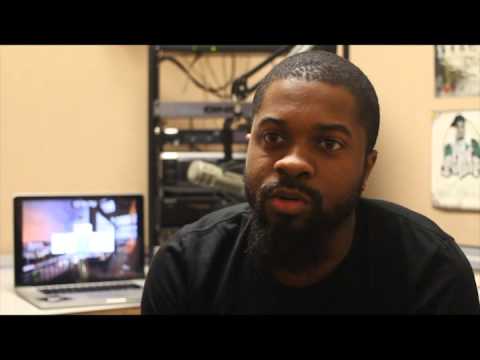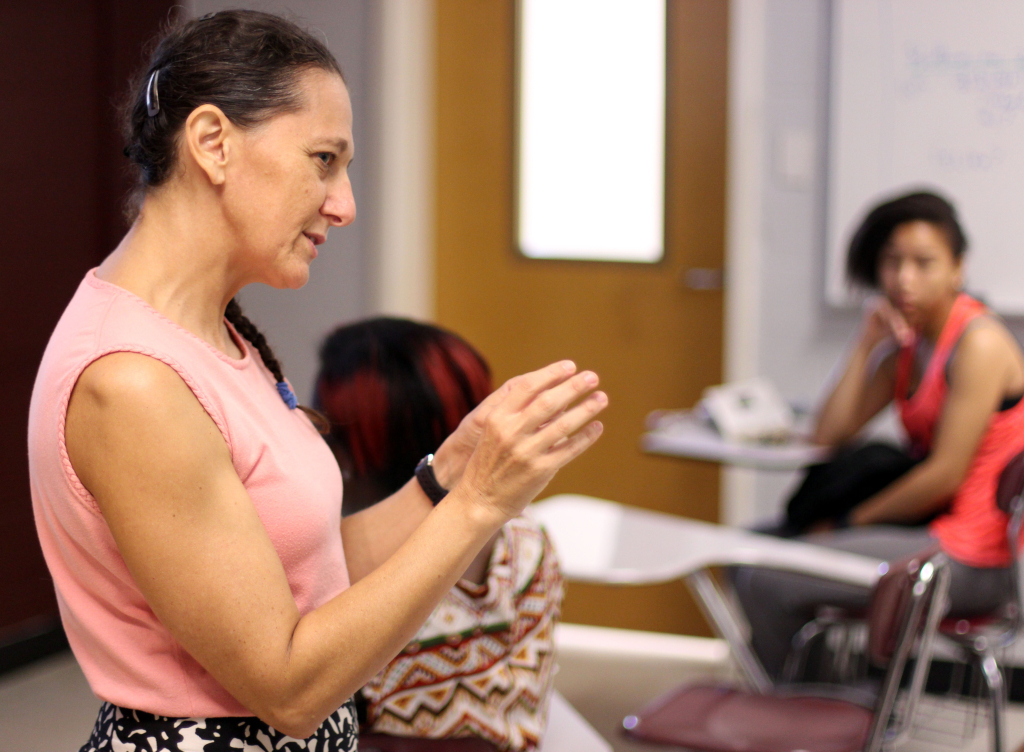You’re at a football game and while watching the action between plays, you spot several on-field coaches on the sidelines. One is patting his belly, while another is making a slicing motion across his chest. Another is tugging at his nose. A second later the one who was patting his belly is now tugging at his ear.
The one who was making the slicing motion across his chest is now tapping his head; players are eyeing one of the sideline coaches carefully. The other coaches are, in fact, just decoys. The players nod their heads as if to say “we got it.”
“What on earth is going on here?” you wonder. You’d almost think the coach was warning the players that he has a stomach virus, or a game of charades was underway… or maybe they’re speaking a secret silent sideline language designed to leave you out of the conversation.
What if I told you that you were indeed right? The objective is to convey information to the offensive or defensive players, all the while keeping that information hidden from the other team.
A very interesting — and often unnoticed — fact is that most colleges don’t even huddle before their plays.
According to head coach and co-offensive coordinator Jerry Mack the no-huddle system is popular with colleges and allows for a faster paced game than professional football.
So what are field coaches “saying” with those strange hand signals to the players? Each part has a specific meaning to each position, explains Mack.
For example, one gesture may be telling the running backs to run a certain route. Another may be to the offensive linemen to open a hole between the center and left guard.
These instructed movements combine to form the choreography of a larger play composed of many individual tasks, all embodying the essence of “teamwork making the dream work.”
But will all that said with this secret silent sideline language, things are liable to change at the flip of a coin, for instance, on the formation of the opposing team. Mack explained that when the quarterback calls his audibles he may be relaying missed signals. “If an offensive lineman says to the quarterback, ‘Hey, I missed the play call,’ the quarterback can relay it again to him,” Mack said.
Mack said that the quarterback may very well be shouting “Granite 15” to confirm the play signaled by the secret silent sideline language called by the coach, or something like “Toyota 33” to advise that a different play is about to be called. This would happen, for example, if the quarterback sees a blocked route or impending blitz.
The secret sign language, along with last minute audibles and play changes, also happens when the team is on defense. Each team has worked out its own secret sideline language, Mack explained. According to one NCCU player, the team spends upward of 10 hours each week during the season learning plays and play signals.
The next time you are at a football game and you spot the coach make a cutting motion across his nose and the quarterback sees and repeats said action, you’ll be in the dark as to the specifics. But you’ll understand the structure, and at least you won’t think everyone’s catching a cold.

